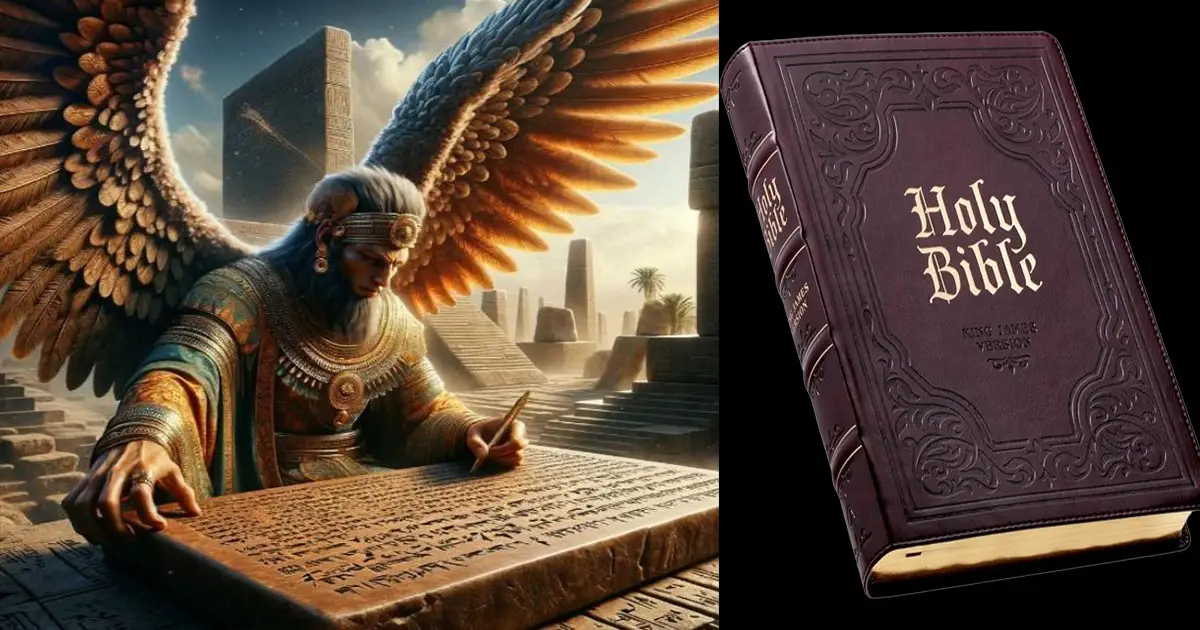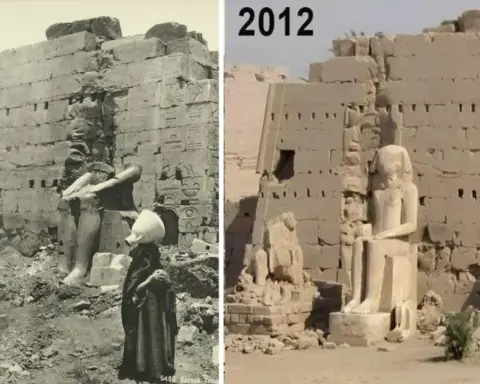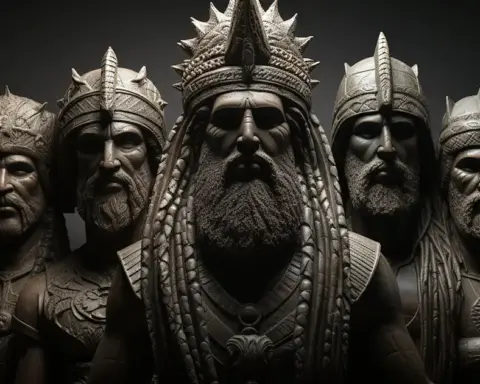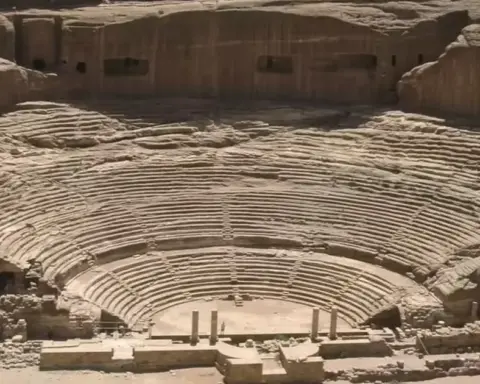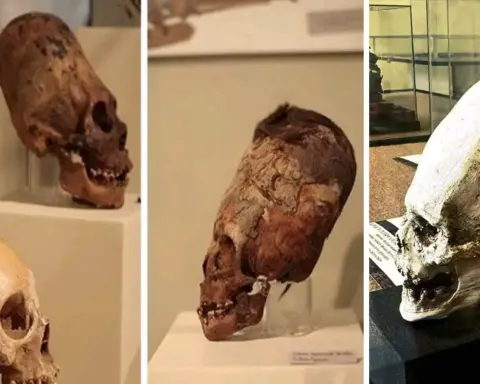The quest to decipher the intricate web of human history often leads us to the crossroads of ancient inscriptions and sacred texts. Among these, the enigmatic stone carvings of the ancient Sumerians and the venerable narratives of the Bible stand as two pillars of our understanding, each offering a different perspective on the dawn of civilization.
The Silent Witnesses of Mesopotamia
In the cradle of civilization, Mesopotamia, the Sumerians laid the foundation of recorded history around 4500 BCE. Their legacy, etched in stone and baked clay, provides a direct link to humanity’s earliest chapters. These artifacts, unlike any other, serve as silent witnesses to the lives, beliefs, and advancements of the Sumerian people. The Epic of Gilgamesh, a masterpiece of ancient literature, not only predates biblical writings but also shares remarkable similarities with stories such as Noah’s Ark, suggesting a shared cultural heritage or the migration of myths across civilizations.
A Tale of Two Texts

While the Sumerian tablets offer a glimpse into the everyday realities of ancient life, the Bible presents a tapestry of moral, spiritual, and historical narratives. This sacred text, central to the faith of billions, weaves together stories of creation, morality, and divine interaction with humanity. However, the allegorical nature of many biblical stories has sparked debates among scholars regarding their historical veracity. The tangible evidence provided by Sumerian inscriptions challenges us to reevaluate these biblical narratives, offering a more nuanced understanding of our past.
The Unbiased Stones Speak
One of the most compelling aspects of the Sumerian inscriptions is their apparent objectivity. Free from the theological constructs that shape the Bible, these ancient texts present a more secular view of history. The detailed accounts of trade, governance, and daily life engraved on these tablets offer an invaluable resource for historians and archaeologists, providing a factual basis that complements the spiritual and moral lessons of the Bible.

Bridging Worlds Through Words
The legacy of the ancient Sumerians extends far beyond their inscriptions. Their innovations in writing, governance, and society laid the groundwork for future civilizations, influencing the development of cultural and religious narratives worldwide. The Bible, while written in a different era, captures the essence of these ancient stories, adapting and integrating them into its narratives. This interweaving of ancient texts and biblical stories highlights the interconnectedness of human history and the shared origins of our diverse cultures.
Navigating the Waters of History and Faith
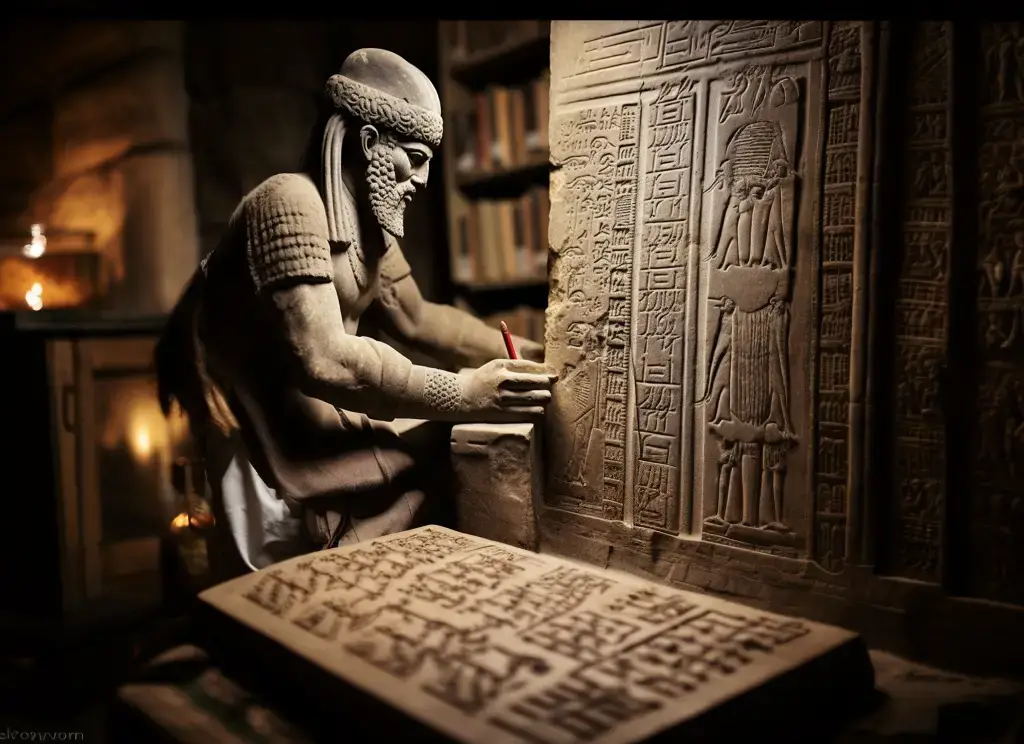
As we delve deeper into the origins of these ancient texts, the distinction between historical records and religious belief becomes increasingly blurred. The Sumerian inscriptions, with their detailed depictions of ancient life, challenge us to reconsider the historical context of biblical stories. Yet, the spiritual significance of the Bible transcends the need for historical validation, offering insights into the human condition and our relationship with the divine.
In the grand narrative of human history, the ancient Sumerians and the biblical prophets serve as guides, leading us through the mists of time. By examining the contrasts and convergences between these two sources, we embark on a journey of discovery, uncovering the layers of our past and the essence of our shared humanity.

